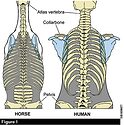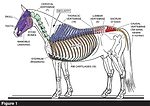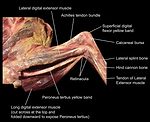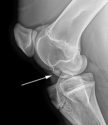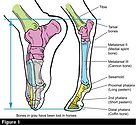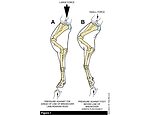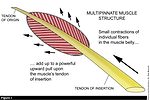Advertise Follow Us
Articles by Deb Bennett
Anatomy
Identifying uneven gaits is integral for effective hoof care
Read More
How Leaning Affects Equine Anatomy
The lack of a collarbone influences the form and function of the hoof
Read More
Anatomy
How Straightness Affects the Equine Hoof
Crooked horses can lead to a multitude of hoof, movement and lameness problems
Read More
How the Horse Exchanges Energy in its Hind Limb
Making the connections between the spine, stifle and hooves
Read More
The Critical Importance of the Horse’s Stifle and Hock in Movement
The hind limb reciprocating system coordinates motion and economizes the required effort
Read More
Horse’s Stifle Anatomy Integral for Rest and Snoozing While Standing
Hook-and-loop system allows equids to lock and unlock hind legs
Read More
Hock Provides the Horse Thrust Under Immense Strain
The peculiarly structured joint plays a critical role for performance and working horses
Read More
Equine Anatomy May Be Best Learned through Art
A farrier’s assessment of conformation may be improved by drawing the horse
Read More
Equine Reciprocating Systems
Hoof Trim has Varied Effects on the Equine Forelimb
Demonstrations and real-life examples challenge farriers to think about their approach to solving foot problems
Read More
Equine Reciprocating Systems: Do You Know the Nuts and Bolts of the “Orthopedic Trim?”
Farriers test their knowledge about how the forelimb functions
Read More


